Richard Hernandez has been a resident of Veterans Village for a year, after spending 18 years on the streets in Echo Park. He credits having a home base with helping him reunite with his family and being back in their lives. Before becoming homeless, Hernandez had served in the U.S Army for 10 years.
Richard Hernandez, in many ways, fits the typical profile of a chronically homeless man in Los Angeles: he’s a veteran -10 years in the Army – he’s dealt with substance abuse, and has struggled to manage his bipolar disorder.
In one way, however, he defies the stereotype. Hernandez managed to avoid Los Angeles’s Skid Row during his 18 years on the streets. Even when he finally found permanent housing, it was 17 miles east, in El Monte.
“I couldn’t live downtown,” he said, seated at a small table in his studio apartment at Veterans Village, a year-old complex for formerly homeless veterans.
Downtown is the heart of L.A. County’s services for homeless. A map provided by the Los Angeles Homeless Services Authority shows 726 emergency shelter beds in Downtown Los Angeles, more than any other area in the county.
“You have emergency shelters, you have transitional programs, you have medical care,” said Hillary Evans, director of housing services for New Directions, which co-owns Veterans Village.
Same with supportive, permanent housing for homeless. Many properties are downtown, according to the map.
And while that’s convenient, it’s not for everyone. Some, like Hernandez, said they want nothing to do with downtown. Too many problems.
While there are pockets of services outside of Skid Row, the map shows some areas, like the San Gabriel Valley, are virtual deserts.
Little by little, that’s starting to change.
Hernandez’s building in El Monte houses 40 formerly homeless veterans for reduced rent, subsidized with vouchers from the Veteran’s Administration.
Jesus Gomez, El Monte’s assistant city manager, said the city hadn’t considered developing homeless housing until Mercy Housing, a partner on the project, approached officials. Gomez said the project had one big selling point.
“Specifically because it was a veteran’s homeless village,” he said. “The word ‘veteran’ in that sentence was really helpful in selling the project.”
Another development in Valley Glen, also for homeless vets, recently broke ground. El Monte is considering building a second development for veterans and their families.
The magic word is veterans.
President Barack Obama’s pledge to end veteran homelessness by the end of 2015 came with funding.
Projects that aren’t specifically for homeless – or women, or families – can be more difficult.
Right now, Orange County is trying to find a location willing to house a homeless shelter.
The biggest shelter in the San Gabriel Valley, Union Station in Pasadena, hasn’t always been welcome there.
“People have tried to move it,” Evans said. “People didn’t want it there, because they didn’t want folks coming from Downtown to Pasadena.”
And even Skid Row is becoming a tough place to sell new services. Opposition thwarted converting an old hotel there to apartments for the homeless last year.
Ed Holder, vice president of real estate at Mercy Housing, said he hopes projects like his can help overcome the resistance.
Other cities’ officials regularly come through to tour the place, and are surprised to find a well-maintained, quiet property.
“It can be an eye-opener,” he said. “It does open up new possibilities and new thinking about what it means to serve homeless, whether they’re veterans or not.”

